On This Day…January 16th
On January 16th, 1945, 2nd Lt. Sam McMillan was flying P-51, ‘Evalina’ (the Mustang was actually the mount of 1st Lt. Oliver Strawbridge, ‘Evalina’ being his girlfriend) when he was hit by AA Flak and landed at the Japanese-held Suchin airfield in China. McMillan became a POW and his Mustang was rapidly seized by Japanese troops. Hinomarus were painted over the American stars but the rest of the aircraft was left in it’s natural metal finish. ‘Evalina’, now also a PoW was then flown to the Japanese Army Air Inspection Center at Yokota Air Base by Yasuhiko Kuroe, a ranking Japanese ace.
Kuroe recorded, “I was astonished with its performance. Turn characteristics were splendid, almost the same as the Ki-84 in a horizontal turn. The radio transmitter was excellent, the armament and other miscellaneous equipment was very good, particularly when compared with their Japanese equivalents, and moreover it had a radio direction-finder”.
“It’s dash speed was inferior to that of our imported Fw 190A, but diving speed and stability during the dive were excellent. After fuel consumption tests we estimated it would be able to fly over the Japanese homeland from Iwo Jima. Some time later this came true.”
Later, Evalina was flown the Akeno Flying Training Division for further tests against fighters such as the Ki-43, Ki-61 and the A6M Zero. In April 1945, Kuroe was placed in charge of a “flying circus” composed entirely of captured Allied aircraft with the brief of tourinG Japanese fighter units to train pilots how to fight their opponent's aircraft. Kuroe claimed: “I had such confidence with this P-51 that I feared no Japanese fighters”.
Both Strawbridge and McMillan survived the war and lived to old age. Although Strawbridge never did marry Evalina...
Photo of the J2F-3 ‘Duck’ taken at US Naval Air Station Jacksonville (Florida) on 16th January, 1940. 2F Duck biplanes were manufactured by Grumman on contract to the United States Navy in 1936. After Pearl, however, production was transferred to the Columbia Aircraft Corporation in New York, in order to free up Grumman's assembly lines for combat aircraft. The versatile Ducks were used by the Navy, Army, Marines, and Coast Guard. After the war in 1948, many J2F Duck aircraft were converted for use by the United States Air Force in the air-sea rescue role with the designation of OA-12 (below).
German troops in Demyansk (Nort Western Russia) unloading supplies from a Ju 52 transport, January 16th, 1942. Note winter camoflauge and distinctive exhaust stains on the Tante Ju.
16th January 1942, England, and the crew of this Stirling bomber look in better spirits than I’d imagine I’d be in before take off to missions on German targets at Bremen, Emden and Hamburg.
The battleship, Tirpitz in Fattenfjord, near Trondheim (Norway), 16th January, 1942. Famously, 33 air attacks were made against the Tirpitz during her lifetime, 32 made by the Allies and one by the Russians. 16 of these attacks were in Germany during her construction, and a further 17 while she was in Norway.
Great photo of an M8 ‘Greyhound’ armored car of US 11th Armored Division with men of US 84th Infantry Division in Noville, Belgium, 16 Jan 1945. The M8 was a six wheeled, six-wheel-drive beast with an all steel welded body, a turret fitted 37mm M6 Tank gun, with a standard four man crew. Snow tyres included.
On 16th January 1929, after a 10-month, 18,000-mile (29,000-kilometer) solo flight from London to Cape Town, South Africa, Lady Mary Bailey arrived back at the Stag Lane Aerodrome at Edgeware, London, flying a de Havilland DH.60X Cirrus II Moth, G-EBTG.
...from the Official British Wireless...
“ Lady Bailey landed at Croydon this afternoon in her De Havilland Moth aeroplane, thus completing a flight from London to Capetown and back. She was greeted at Croydon by a large and cheering crowd.
Lady Bailey is the first woman to fly from London to Capetown and back. She has made the longest flight ever accomplished by a woman, and her 18,000 miles journey is the longest solo flight by either a man or a woman. She is the first woman to have flown over the Congo and the Sahara.
The Royal Aeronautical Society, in congratulating Lady Bailey, pays tribute to her as one of the gallant pioneers of Aeronautics.”

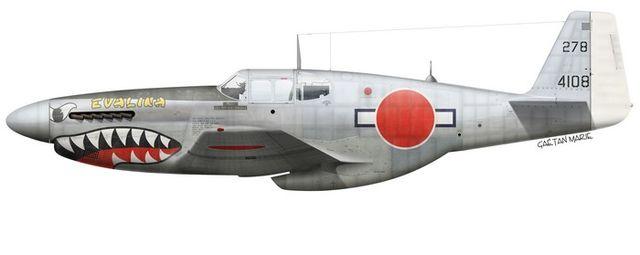
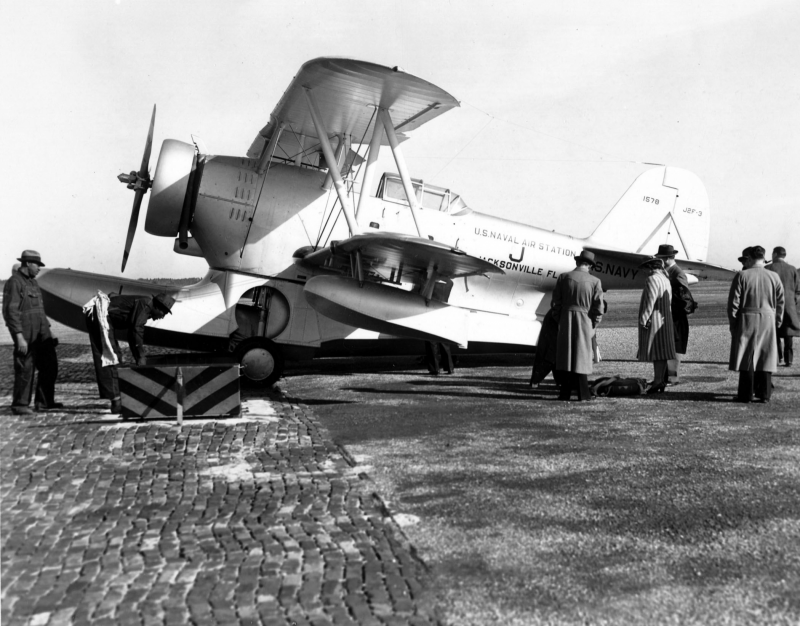
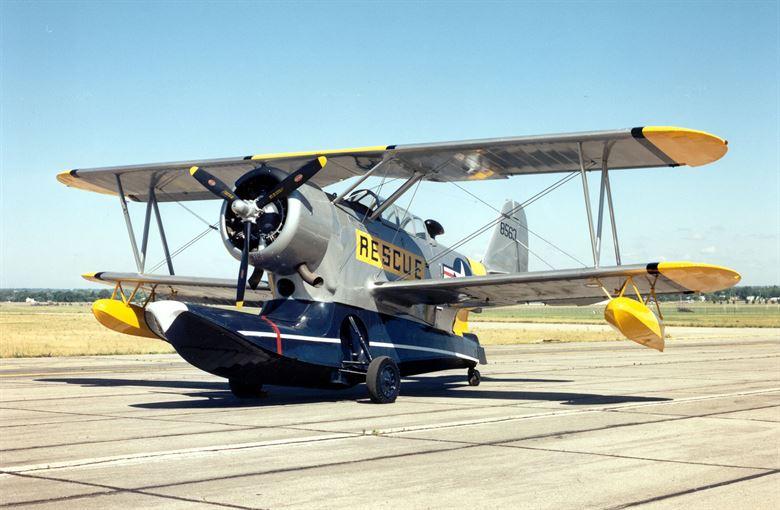
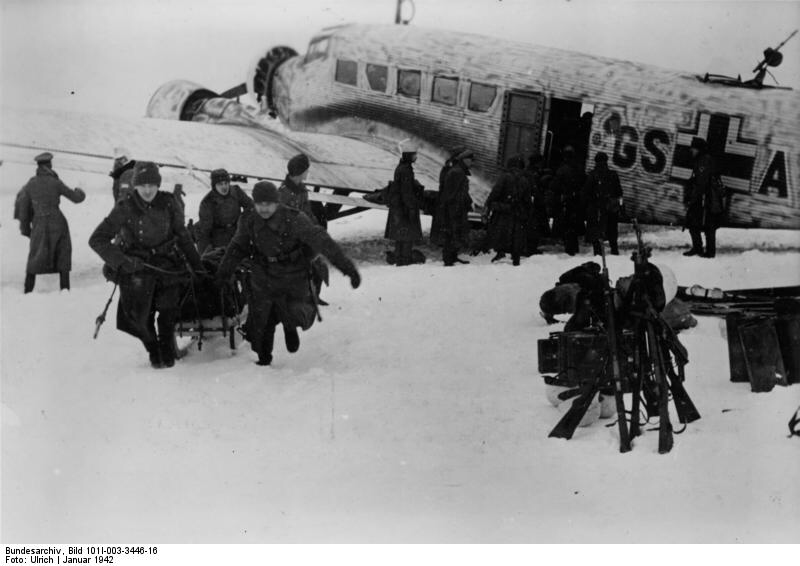
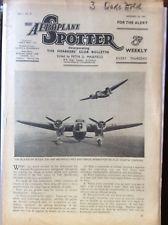

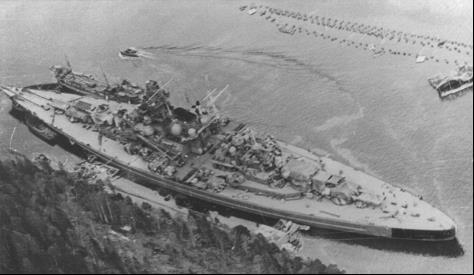
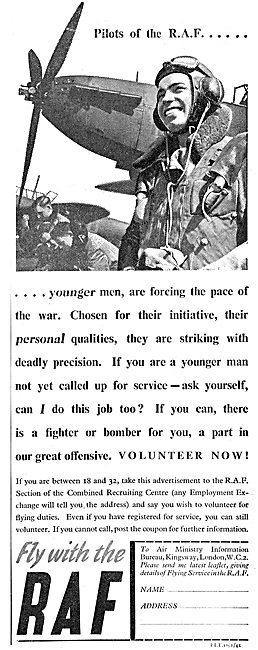
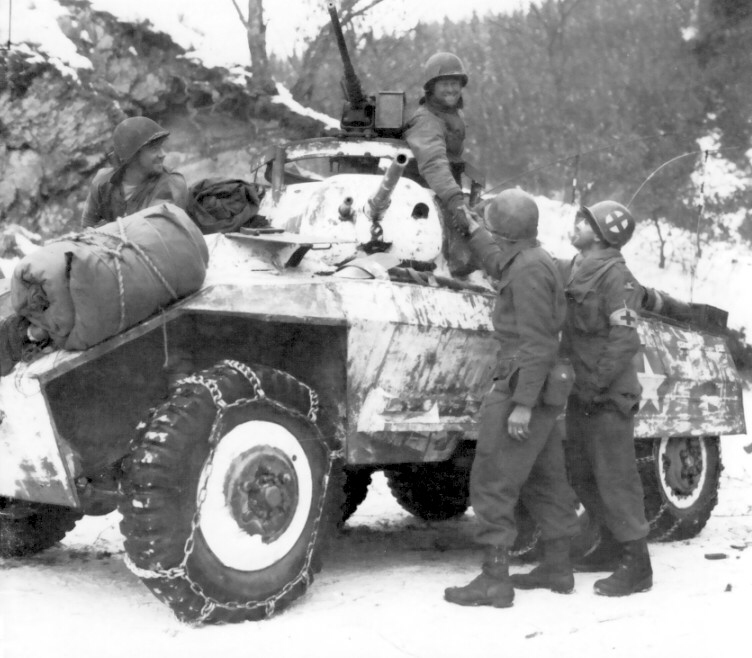

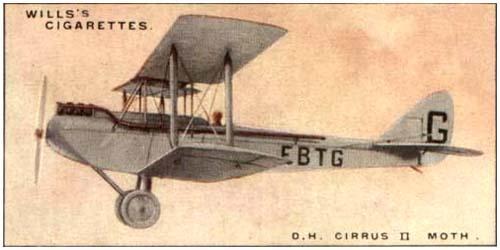

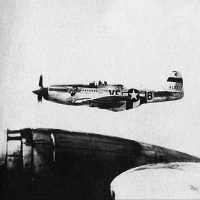
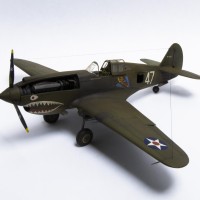
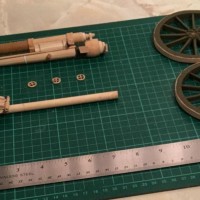
Why can't we have movies based on the exploits of these early aviation pioneers? Lady Bailey's exploits are legendary! That captured P51 in Japanese markings are a definite scheme for my Tamiya 1/48. Thanks again for these daily historical treasures!
Ditto that thought on Aviation pioneers in the movies, Morne. A Duck goes on film.
1 attached image. Click to enlarge.
Grandmother Bailey!
Actually, she's not a known relative of mine, but it's cool to think so! 😉
The thought did occur, Jeff...
I WISH it was true, though I did truly love my real Grandmother.
David, What happened to Lt. McMillanks ? I've got to know !
@shoobiz
I just amended the post to include a happy ending, Terry. Sam McMillan lived until at least 2008, when he was alive and well, and living in Connecticut, which is where I lost the trail. There is some confusion on the issue of the pilot of the Pony that day, but Oliver Strawbridge’s grandaughter herself confirmed he was not piloting her on that raid, and that’s good enough for me. Further confusing this is the fact that ANOTHER Sam McMillan was shot down and taken PoW in China a few days earlier (flying a P40).
Thanks for supporting the series, Terry.